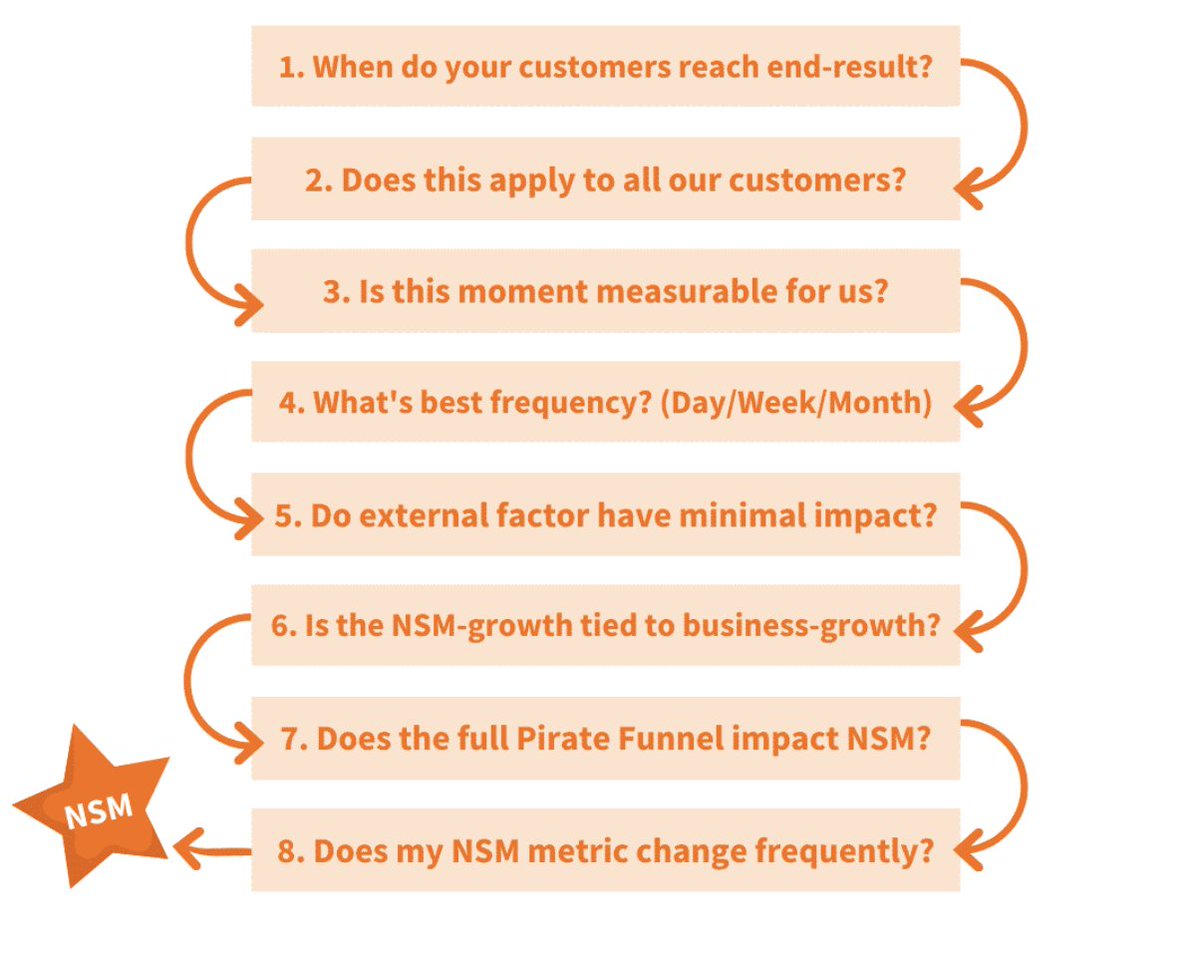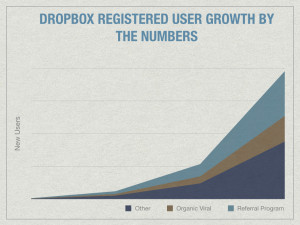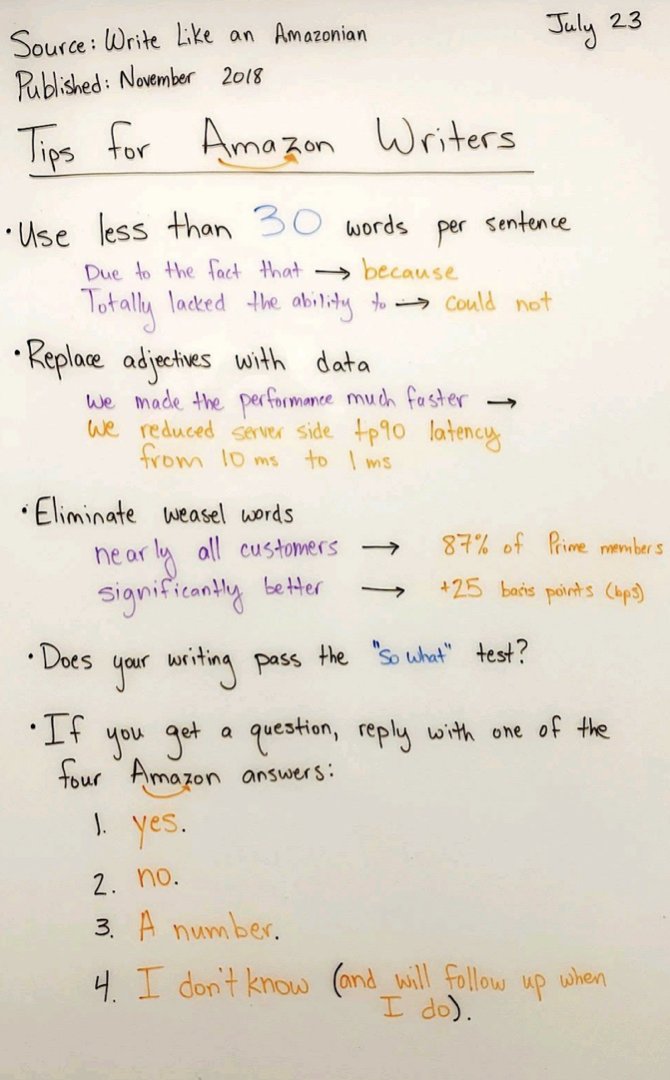
What do Airbnb, Facebook, Spotify, Hubspot, and Slack all have in common?
They all have a North Star Metric that influences their long-term growth.
This means the one metric that all business units focus on.
Here's the breakdown 🧵
They all have a North Star Metric that influences their long-term growth.
This means the one metric that all business units focus on.
Here's the breakdown 🧵
So, what’s the North Star Metric?
The NSM is the core metric of your business's growth.
It's one metric, but it’s two-fold:
- The value you provide to a customer
- The direction of the company’s long term growth
If your NSM grows, your company grows.
The NSM is the core metric of your business's growth.
It's one metric, but it’s two-fold:
- The value you provide to a customer
- The direction of the company’s long term growth
If your NSM grows, your company grows.
But, your NSM isn’t revenue.
Ward van Gasteren says, “Revenue is the price your customer pays. North Star Metric is the value your customer gets in return for that price.”
Just because the revenue is there doesn’t mean the value is there.
Ward van Gasteren says, “Revenue is the price your customer pays. North Star Metric is the value your customer gets in return for that price.”
Just because the revenue is there doesn’t mean the value is there.
In theory, by growing your NSM, customers:
- Will receive a ton of value
- Remain customers,
- Repeat purchases
- Refer friends
But, how does it help your company?
- Will receive a ton of value
- Remain customers,
- Repeat purchases
- Refer friends
But, how does it help your company?
Focus - Every team has different goals. Different metrics they focus on to determine growth. But with an NSM, all of these metrics and goals collectively come together to increase the NSM.
Transparency - Everyone understands what is considered success and growth. The goal is obvious and being on the right track is transparent.
Customer-Centric - Sure, it’s a hot buzzword. But in this context, it’s true. Your NSM is a result of the value provided to a customer.
Customer-Centric - Sure, it’s a hot buzzword. But in this context, it’s true. Your NSM is a result of the value provided to a customer.
Collectively, your entire team knows the ultimate goal, the state of that goal, and the value expectation for customers.
Let’s break down examples.
Let’s break down examples.
1. Airbnb
Airbnb’s North Star Metric is “Number of nights booked.”
The number of nights booked correlates with the value a customer receives from a good experience using Airbnb.
On the other end, it also correlates with the value a host receives from getting a space booked
Airbnb’s North Star Metric is “Number of nights booked.”
The number of nights booked correlates with the value a customer receives from a good experience using Airbnb.
On the other end, it also correlates with the value a host receives from getting a space booked
2. Zoom
Zoom’s North Star Metric is the number of “Weekly Hosted Meetings.”
The more meetings that happen over time -- the more value customers receive from using the communication tool.
Zoom’s North Star Metric is the number of “Weekly Hosted Meetings.”
The more meetings that happen over time -- the more value customers receive from using the communication tool.
3. Slack
No surprise, Slack’s North Star Metric is the “Messages Sent Within The Organization.”
Slack’s value comes from reducing emails and improving in-office/WFH collab.
Depending on the amount a company communicates via Slack-- they can track the effectiveness of its NSM.
No surprise, Slack’s North Star Metric is the “Messages Sent Within The Organization.”
Slack’s value comes from reducing emails and improving in-office/WFH collab.
Depending on the amount a company communicates via Slack-- they can track the effectiveness of its NSM.
4. Uber
Uber’s NSM is “Riders Per Week.”
Uber’s a two-sided platform.
Both riders and drivers receive value from their NSM.
The driver gets paid.
The rider gets to their destination.
Uber’s NSM is “Riders Per Week.”
Uber’s a two-sided platform.
Both riders and drivers receive value from their NSM.
The driver gets paid.
The rider gets to their destination.
5. Hubspot
During a podcast, @searchbrat said Hubspot’s North Star Metric is "the number of weekly active teams.”
Hubspot’s NSM focuses on the team level and not personal.
This year they hit a milestone of 100k companies using Hubspot.
Huge for their NSM.
During a podcast, @searchbrat said Hubspot’s North Star Metric is "the number of weekly active teams.”
Hubspot’s NSM focuses on the team level and not personal.
This year they hit a milestone of 100k companies using Hubspot.
Huge for their NSM.
For marketers, understanding and determining the NSM is essential.
This lays the groundwork for the value we provide through our marketing efforts.
Sure, we track various metrics.
But, your NSM ties together all metrics for the one that matters -- consumer value.
This lays the groundwork for the value we provide through our marketing efforts.
Sure, we track various metrics.
But, your NSM ties together all metrics for the one that matters -- consumer value.
I'm writing a marketing thread like this for the next 30 days, straight. Follow @alexgarcia_atx to make sure they show up on your feed.
• • •
Missing some Tweet in this thread? You can try to
force a refresh








